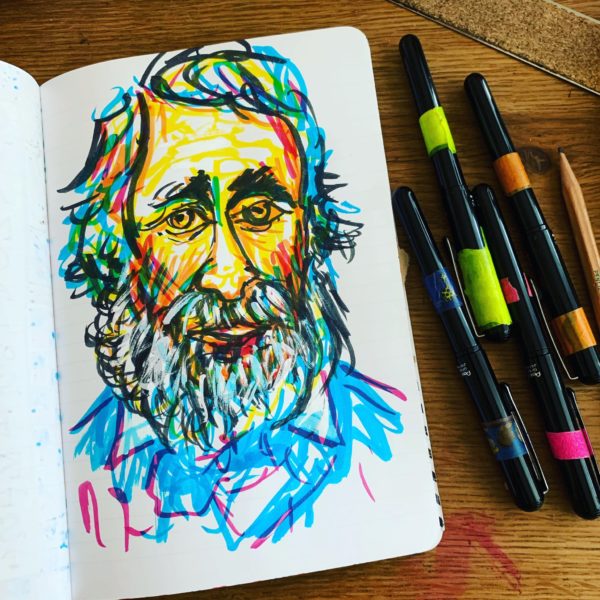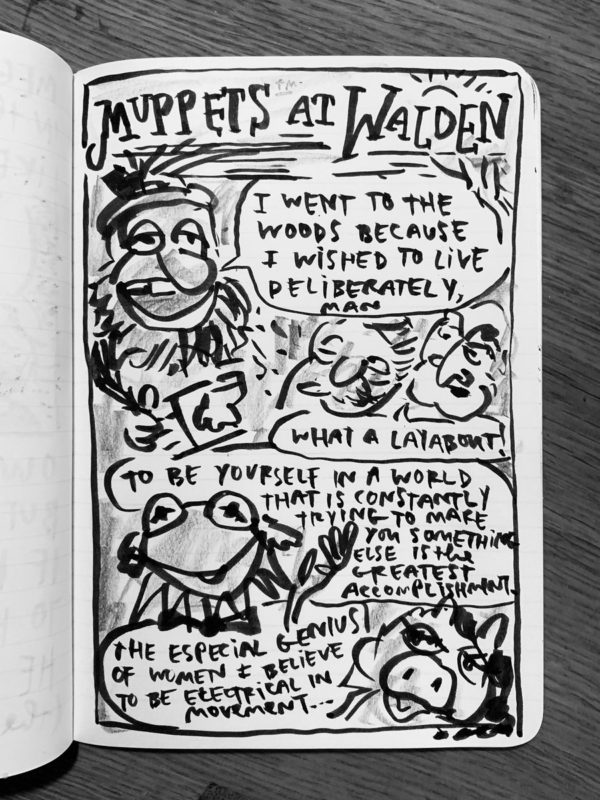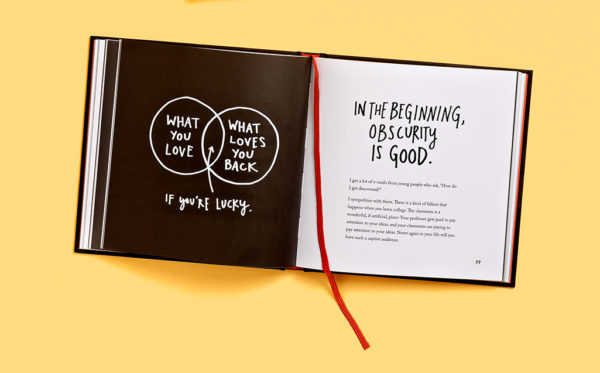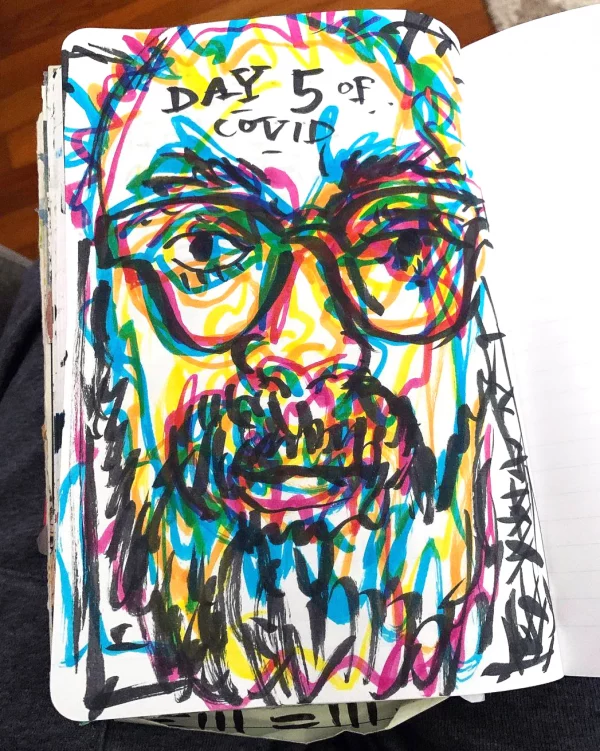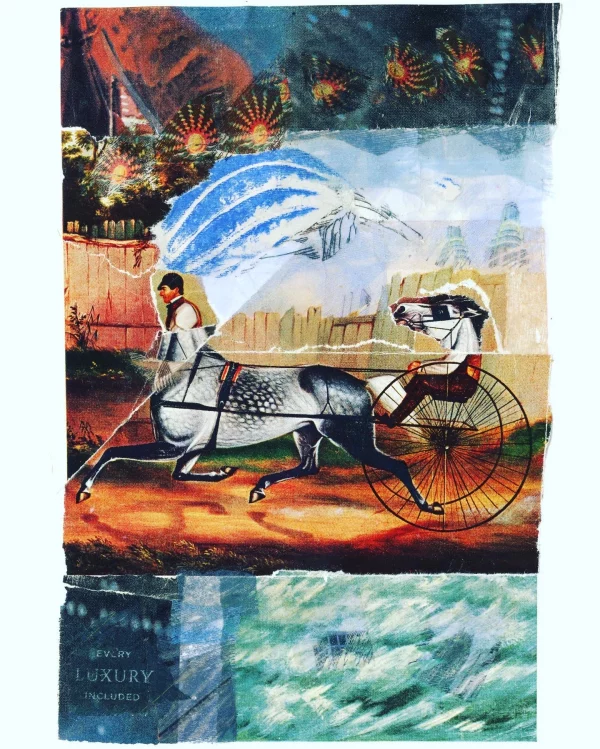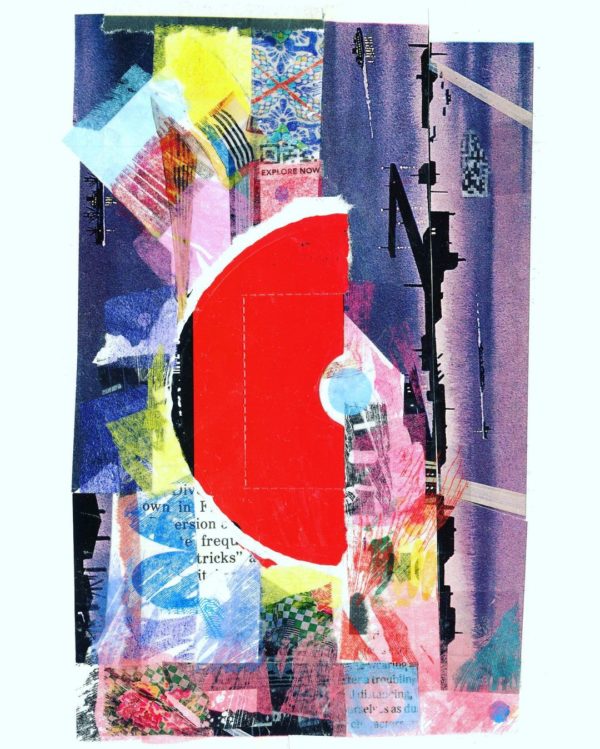
Lately I have been thinking a lot about the “hedonic treadmill,” the idea that being the resilient and adaptable creatures that we are, we can get used to almost anything.
To simplify: We chase after the things that we think will make us happy, and once we get those things, we realize we’re not that much happier than we were before, but we see other things that we think will make us happy this time, so we chase after them, etc., etc. (See also: Arbitrary stupid goals.)
One way to deal with this is to just jump off the treadmill and be grateful for what you have.
Another solution might be found in this wisdom from composer Tom Holkenborg I found in Blood, Sweat, and Chrome, the book about making Mad Max: Fury Road.
On the problem of how to “continuously build on that anticipation of what comes next,” Holkenborg brings up a lesson he learned from being an electronic musician doing live shows:
Every time the DJ drops a new track, it feels louder than anything else that you’ve heard before, which is actually not the case! What happens is you drop a new track, and then over the course of three to five minutes, you make it ever so slightly quieter. And then the new track comes in and it’s back at the level where the original one started, and then everything feels so loud.
This seems to me a valuable tip for art and life.
Holkenborg also talks about how much his hobby, cooking, influences his work. He thinks about his soundtracks like building a 10-course meal: putting a taste in one course that begs for another in the next. (Like DJing with food. I suspect Questlove would have much to say about this.)
Juxtapositions from a sequence of experiences are overlooked as a source of creativity.
We tend to think a lot about what we do, but we rarely think about the order in which we do it.
I have found this especially true in one’s self-education: the order in which you come into contact with things is almost as important as the things themselves. (See: Melville not reading Shakespeare until he was 30.)
Adjust the volume, shuffle the sequence…

